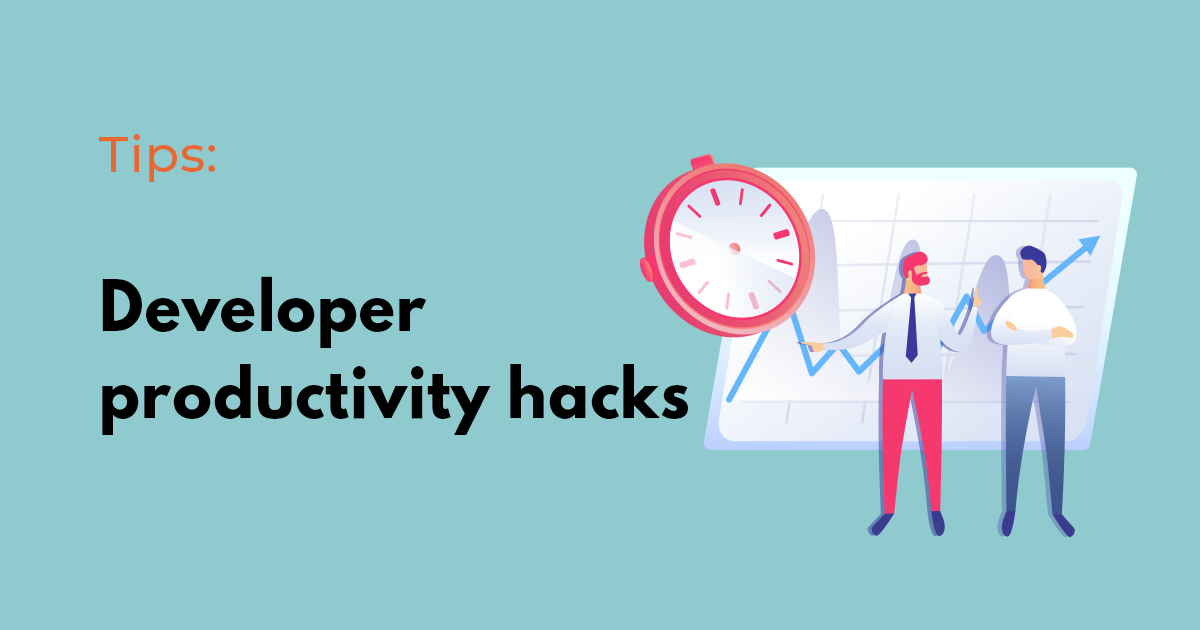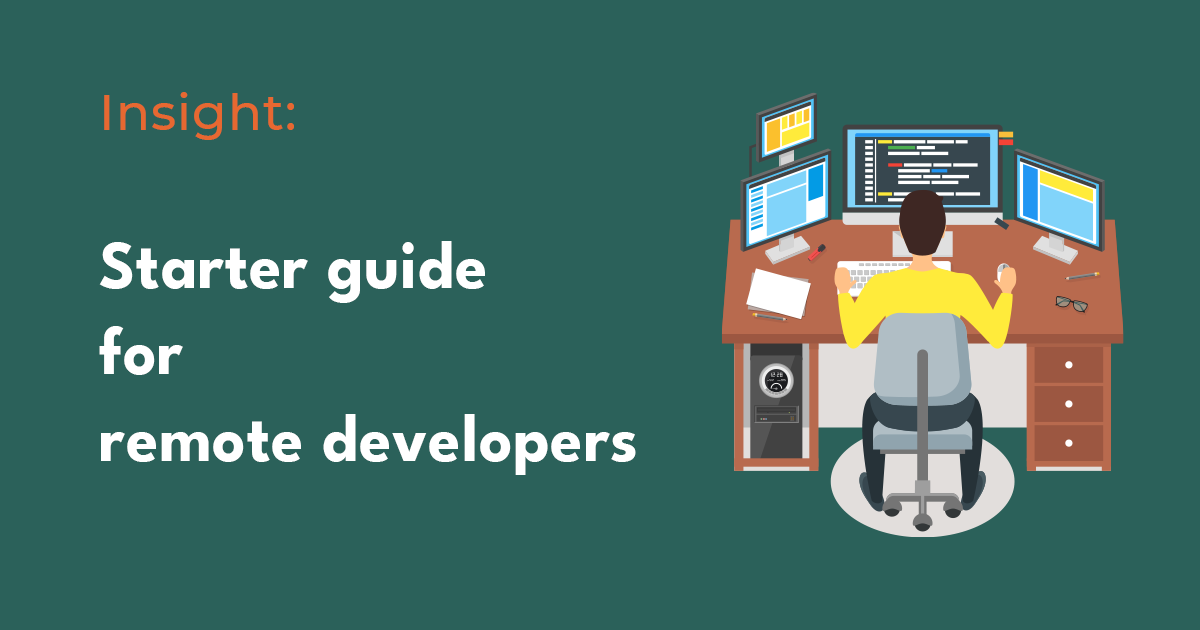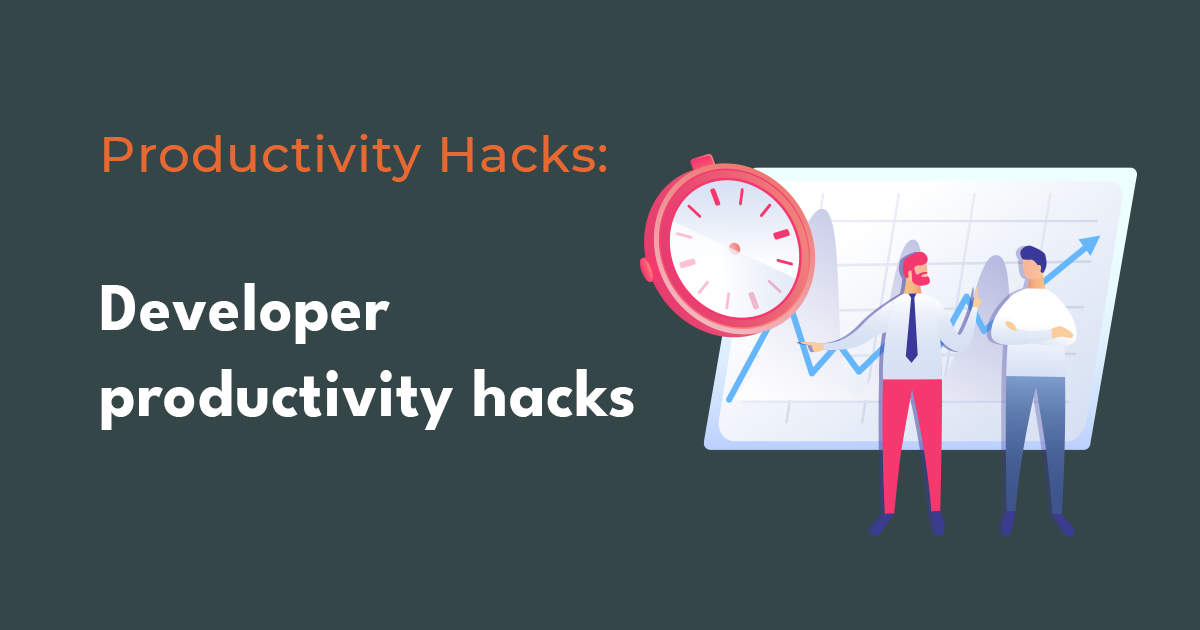What is remote work for software developers?
According to the 2021 State of Remote Work, published by Owl Labs, over 71% of people have answered that they wish to work remotely or hybrid even after the pandemic is over. Moreover, over 48% of people have declared that they would look for a different job if they were no longer available to work remotely.
This static shows that over the pandemic, many workplaces have been shifted from offices to homes and now it’s becoming normal for many people. Especially for people that can work from anywhere, like software developers, remote work can be a great advantage to consider.
However, not all remote workers are happy to work alone at home. The 2021 State of Remote Work also specifies that over 55% have answered that they’ve worked more hours when working remotely than they had in the office. This can lead to exhaustion, fatigue, and even burnout if continues.
Despite how only the workspace has changed, it seems many workers wish to stay remote permanently, as well as some who feel work has been extended from office to home conversion. Therefore, it’s necessary to prepare what you need as a software developer before jumping into working remotely. Here is a starter guide for newly-remote developers.
What do I need when first starting my remote work?
Create a separate space in your home only for work

Unlike working in the office, the obvious separation between office and home is not easy when working remotely. This blurriness can lead to easily feeling exhausted since you are both working and taking a rest at the same place. To prevent such depletion, it’s recommended to find a way to have a separate work setting in your home. If possible, it’s best to find a different room to work in, but if this is difficult, trying to have a work dedicated time only on the desk and spend your free time away from it as much as possible is highly recommended.
Work on pair programming
Sometimes you’ll code for hours and hours without realizing that so much time has passed. This is typical for many developers, where deeply focusing on their projects is very common. However, changing the game might help when working remotely. By programming as a pair and actively sharing feedback. The duo can also assign roles, where one person can work on writing the codes while the other person provides suggestions on the way. The pair can switch roles for tasks or projects as they go on. Many programs and tools are provided to support such pair programming work that can be applied to teams working remotely. This helps prevent isolation when working alone as well as prevent frustrations when one of the coders is stuck in a problem. This also helps with social interaction which remote workers have less accessibility with.
Work on routine

The work-life balance would usually mean finding hobbies or things to look forward to outside of the office. But in remote work, work-life balance can be slightly different. When working in the office, hours are set for the usual 9 to 5, where the consistency of working hours is set effortlessly. When working at home, however, this boundary becomes hazy. It’s easy to work over hours with less break time in between since you are all alone, by yourself. Therefore, it’s important to find the right balance to prevent physical and mental burnout.
One of the tactics you can use is to work on a routine time. Rather than eating when hungry and taking a break when you feel like your brain is jammed, setting an exact working and taking a break time is better for preventing feeling lethargic. It’s also great to set an alarm or use a scheduling app to let you know if it’s time to take a break.
Break down into daily tasks
It’s great to organize your work into daily tasks so that you know exactly what to do for the day. When a project or a task is too big and you’re working by yourself at home, it may feel overwhelming and stressful. To reduce such possibility, breaking down the project and creating plans before starting the project can better help you understand the tasks or fully communicate and understand with your team before diving into it.
Get in touch with humans
When working alone, it’s easy to feel lonely. This might sound like ‘water is wet but it’s one of the things that remote workers often forget about. Considering how staying remote blocks you from conversing and networking with others, you might even start to miss seeing human beings without even realizing it. So, make sure to engage yourself in hobbies or sports that require pair or group work. Networking to share ideas and works with other developers can also be a great way to find people to talk to, but also improve as a developer.
Find appropriate tools to help work productively
Automation Tools
To work productively, using the right tools that can automate your work is efficient to use. One of the examples is FUNCTION12, a design-to-code automation tool for developers. By inserting your Figma link, your project is automatically synced and converted into React, Flutter, or HTML/CSS right away. With the developer-level codes, you can apply them to your production immediately and reduce the repetitive work spent on repetitive hand-coding.
App and Extensions
Although distractions can occur in any working environment, it’s even easier to put yourself in the pit of distraction when working alone. Because restraining yourself to avoid distraction is also energy being consumed, using apps or extensions to block yourself from going into social media or other miscellaneous platforms can help you stay focused.
Communication tools
It’s easy to ask or converse immediately in the office, but delays or miscommunication among teams can easily occur when working remotely. Therefore, it’s important to choose the right communication tools before jumping into working remotely. There are numerous team collaboration and workspace tools including Slack, Asana, and Notion, as well as video conference tools like Google Meet, Zoom, and Skype. It’s necessary to find the right solution that fits your team’s workflow.
You can also find more developer hacks from this post:

Related Posts










